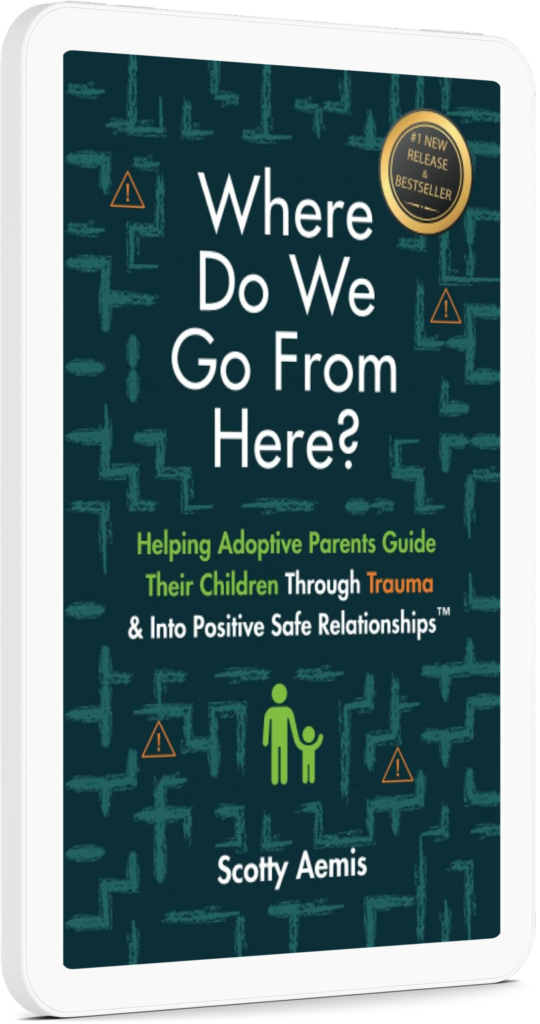Plus What This Could Mean for Future Treatment for Childhood Trauma
Over the recent years, it has come to light just how prevalent and problematic online bullying has become for teens. In fact, most research shows that around one-third of teens have had an adverse experience on the Internet. This could come in the form of bullying, sexual abuse, or other forms of control or abuse.
These experiences can lead to negative consequences, including depression or even thoughts of suicide. But what is even more cause for concern is that children who have suffered trauma before are even more prone to online bullying and abuse.
While research is still being done to more fully understand this topic, it’s also important to note that teenagers often don’t report these incidents for fear they will suffer consequences from the abuser or even their own caregivers.
As parents and caregivers, how can we protect children from this online trauma when we may not always know it is happening?
About the Study
The University of Essex, headed up by the Department of Psychology’s Dr. Megan Klabunde, performed this research in which they used AI to re-examine hundreds of brain scans and identify patterns in blood flow to different areas of the brain that show neurological activity.
What this uncovered was a marked difference in children with trauma’s default mode and central executive networks–two large scale brain systems. The disruptions in these neural networks are involved in both self-focus and problem solving.
What does this mean? It means that children under 18 years of age who experienced trauma are more likely to struggle with emotions, empathy, and understanding their bodies. Further, they also experience difficulties in school caused by memory, hard mental tasks, and decision-making.
Why is Online Trauma So Prevalent?
Before we can get into the how, let’s take a look at the why first. Why is online bullying and trauma so pervasive in society? If we take a look, just turning on the TV or heading to the Internet turns up hundreds of negative, and sometimes violent, messages. From news to entertainment, we see so many people disagreeing and refusing to compromise. This has really put a strain on human relationships, even among adults.
But with this constant negative messaging, it’s no wonder that youth also find it easy to latch onto these negative feelings, values, and emotions. For those who are still developing mentally, this system of media seemingly sanctions these actions and gives permission to individuals to adopt problematic behaviors.
Before the advent of social media, bullying and abuse only happened in person, like on the school playground or in the home. The advent of social media has made it even easier to bully and abuse. Now people can hide behind anonymous screen names and fake profiles. This anonymity can give a sense of even more power to the abuser and make the abused feel even more powerless to stop it.
Caregiver Awareness and Taking Action
Because your child may not be telling you they are being bullied or abused online, it’s important to be aware of what is happening online. This doesn’t mean watching over your child’s shoulder as they scroll Facebook or Instagram. What it does mean is that you need to be proactive in countering online negativity by creating a safe space for your child at home. This will allow you to promote more open communication, as well as counter negative messaging with your own positive messaging, plus help your child develop better conflict resolution skills.
Parents and caregivers should also stay up to date on what platforms their child is using and the protections that those platforms are instituting. Meta, the parent company of Facebook and Instagram, has been recently evolving their policies to be more sensitive for teens and are already placing all teens into the most restrictive content control settings on their platforms. This not only helps deal with online abuse and bullying, but can also help deal with body image issues stemming from altered online content.
Educators should especially focus on making information about bullying, as well as the ability to report bullying, more accessible to students. This can include giving students examples of behavior that is reportable, to make it clear what is and is not acceptable. Reporting should also be anonymous, which can help children who are being bullied feel more protected from their abusers.
Final Thoughts
This is just the beginning of dealing with online trauma experienced by our youth. As the online world continues to evolve, so will bullying and trauma online. It is imperative that caregivers and parents stay on top of these changes and be as aware as possible of what is going on online. But more importantly, it’s about helping children develop better skills in conflict resolution, modeling appropriate ways of treating other human beings, and making it safer and easier for children to report online abuse and trauma.


